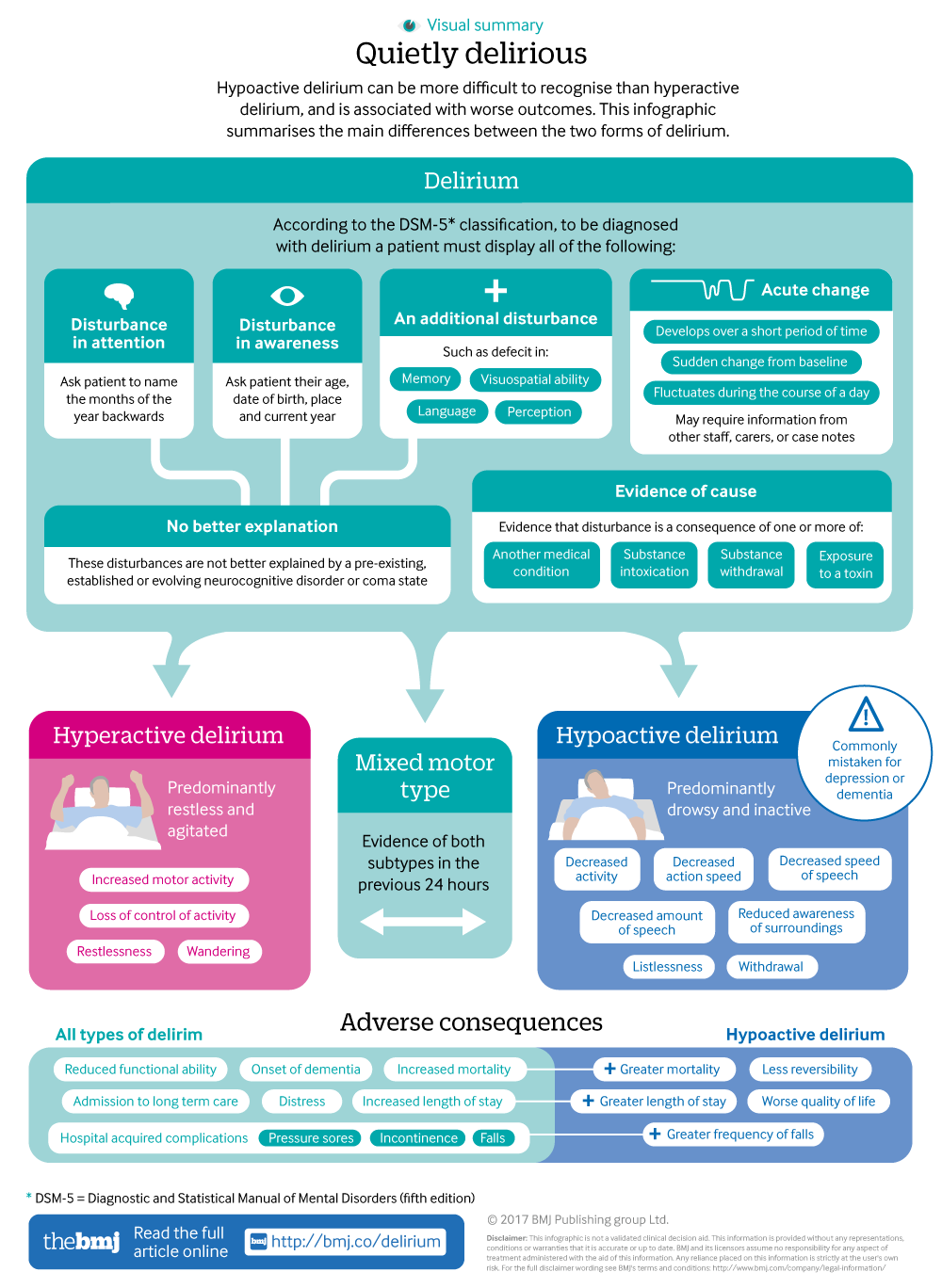How Do Religious Beliefs Influence Mental Health
How Do Religious Beliefs Influence Mental Health
Blog Article
How Do Mood Stabilizers Work?
Mood stabilizers help to relax locations of the brain that are affected by bipolar disorder. These medications are most reliable when they are taken consistently.
It might take a while to locate the right medication that functions ideal for you and your medical professional will monitor your condition throughout therapy. This will certainly entail regular blood tests and possibly a modification in your prescription.
Natural chemical law
Natural chemicals are a group of chemicals that regulate one another in healthy individuals. When levels end up being out of balance, this can bring about state of mind disorders like depression, stress and anxiety and mania. Mood stabilizers assist to avoid these episodes by aiding manage the equilibrium of these chemicals in the mind. They additionally may be used alongside antidepressants to enhance their efficiency.
Medicines that work as mood stabilizers include lithium, anticonvulsants and antipsychotics. Lithium is possibly the most well known of these medicines and works by impacting the flow of sodium with nerve and muscle mass cells. It is usually utilized to treat bipolar affective disorder, however it can likewise be practical in dealing with various other state of mind conditions. Anticonvulsants such as valproate, lamotrigine and carbamazepine are likewise efficient mood supporting medicines.
It can take a while to discover the ideal kind of medicine and dosage for each individual. It is very important to deal with your medical professional and take part in an open discussion concerning just how the drug is benefiting you. This can be particularly practical if you're experiencing any type of adverse effects.
Ion network modulation
Ion channels are a significant target of state of mind stabilizers and several various other medications. It is now well established that they are dynamic entities that can be regulated by a selection of exterior stimulations. On top of that, the inflection of these networks can have a variety of temporal impacts. At one extreme, changes in gating characteristics might be rapid and immediate, as in the nicotinic acetylcholine receptor/channel system. At the other end of the spectrum, covalent alteration by healthy protein phosphorylation may result in changes in network feature that last much longer.
The field of ion channel modulation is getting in a duration of maturation. Current research studies have demonstrated that transcranial focused ultrasound (United States) can boost nerve cells by triggering mechanosensitive potassium and sodium channels installed within the cell membrane. This was shown by revealed channels from the two-pore domain potassium household in Xenopus oocytes, and concentrated United States dramatically regulated the current flowing through these channels at a holding voltage of -70 mV (appropriate panel, loved one effect). The outcomes follow previous observations revealing that antidepressants influencing Kv networks regulate glia-neuron communications to opposite depressive-like actions.
Neuroprotection
Mood stabilizers, like lithium, valproic acid (VPA), and carbamazepine, are vital in the therapy of bipolar affective disorder, which is defined by recurrent episodes of mania and anxiety. These medicines have neuroprotective and anti-apoptotic residential or commercial properties that help to stop mobile damages, and they likewise enhance cellular durability and plasticity in dysfunctional synapses and neural wiring.
These protective actions of mood stabilizers may be mediated by their inhibition of GSK-3, inositol signaling, and HDAC activity. Moreover, long-lasting lithium therapy shields against glutamate excitotoxicity in cultured neurons-- a model for neurodegenerative disorders.
Researches of the molecular and mobile impacts of mood stabilizers have revealed that these medications have a wide variety of intracellular targets, including several kinases and receptors, in addition to epigenetic alterations. Refresher course is required to figure out if state of mind stabilizers have neurotrophic/neuroprotective actions that are cell kind or circuitry specific, and how these results may enhance the rapid-acting restorative feedback of these agents. This will help to create brand-new, faster acting, extra reliable therapies for psychiatric health problems.
Intracellular signaling
Cell signaling is the affordable counseling services process through which cells interact with their environment and other cells. It entails a series of steps in which ligands interact with membrane-associated receptors and result in activation of intracellular pathways that manage crucial downstream cellular functions.
State of mind stabilizers act on intracellular signaling with the activation of serine-threonine healthy protein kinases, leading to the phosphorylation of substratum proteins. This activates signaling cascades, bring about modifications in gene expression and mobile function.
Lots of mood stabilizers (consisting of lithium, valproate and lamotrigine) target intracellular signaling pathways by hindering specific phosphatases or turning on particular kinases. These results create a decrease in the task of these paths, which results in a decrease in the synthesis of certain chemicals that can influence the brain and result in signs of depression or mania.
Some state of mind stabilizers likewise function by improving the activity of the repressive neurotransmitter gamma-aminobutryic acid (GABA). This boosts the GABAergic transmission in the brain and decreases neural task, thus producing a relaxing result.